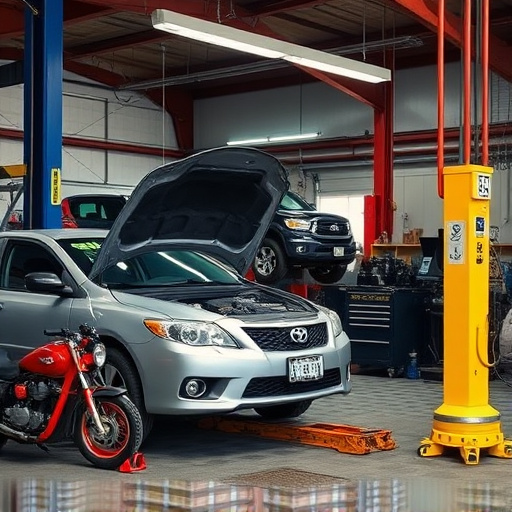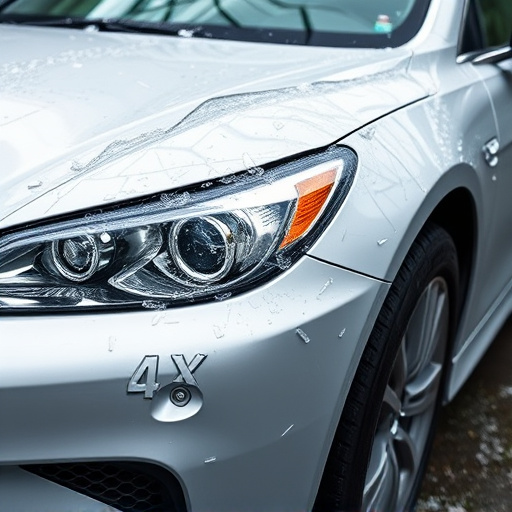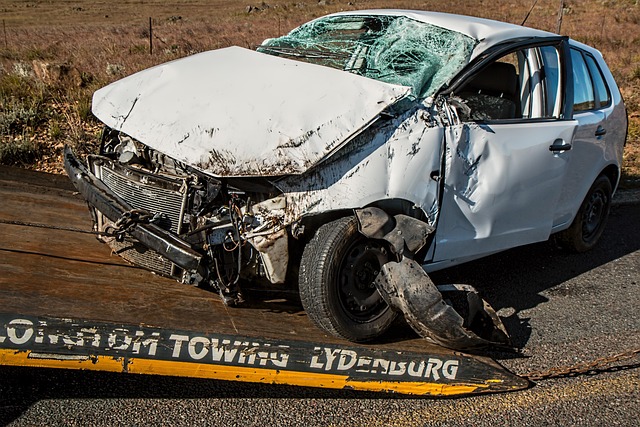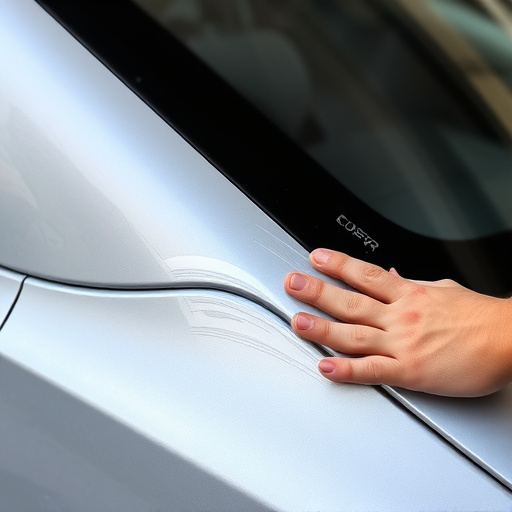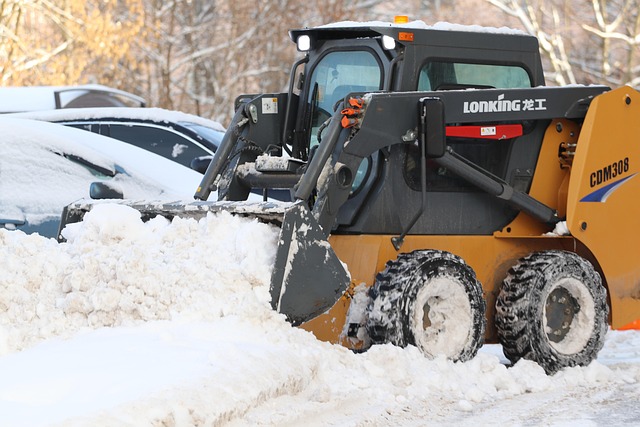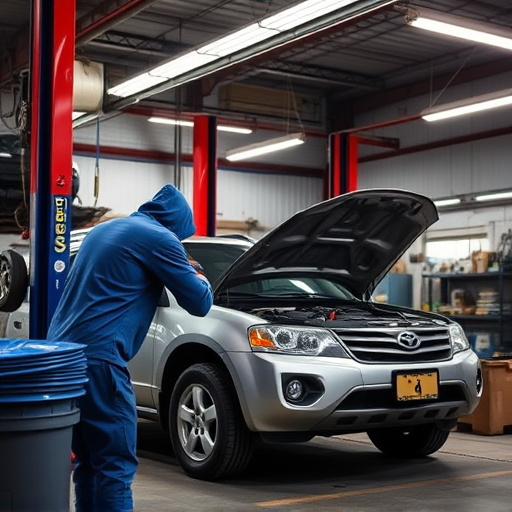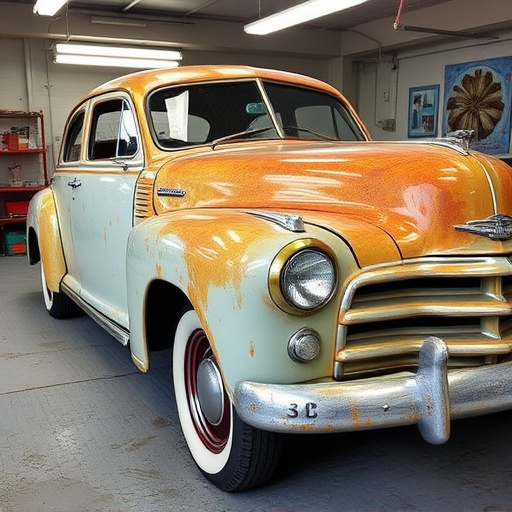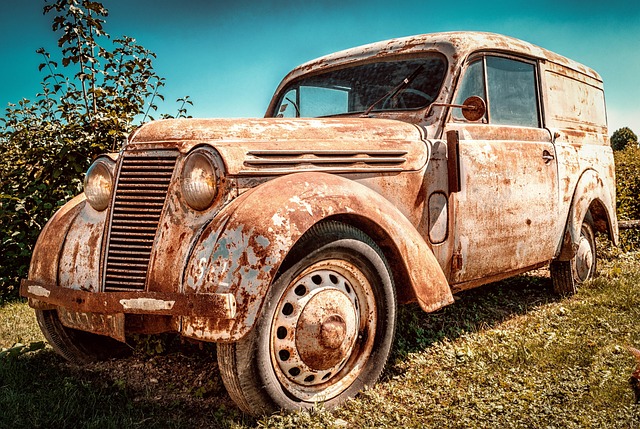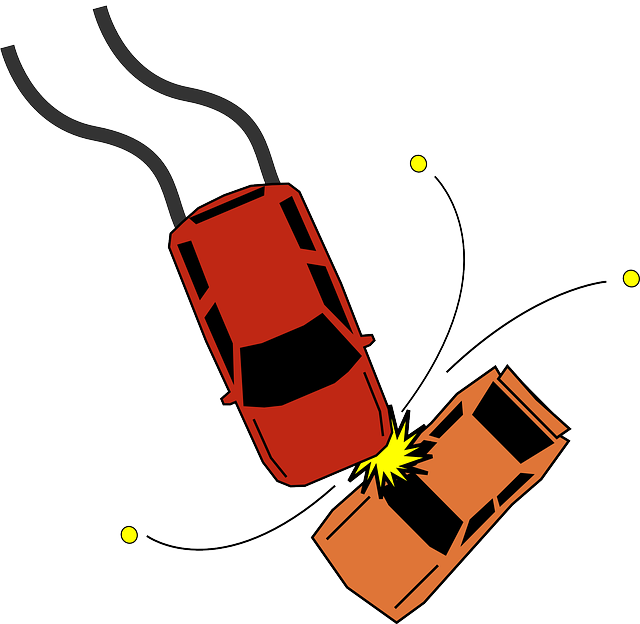Tesla's Safety Cell, a vital protective structure, requires specialized restoration after collisions. This process involves replacing damaged panels while preserving material composition and structural integrity to ensure continued occupant safety. Thorough inspection checks body alignment, chassis integrity, and sensor readings. Recalibration of airbags and seatbelts, along with tire service, is essential. Unlike other brands, Tesla safety cell restoration prioritizes security over aesthetics.
Tesla’s innovative Safety Cell structure offers unparalleled protection in collisions. When a Tesla experiences side or rear impacts, understanding the intricate restoration process is key to ensuring optimal passenger safety. This article delves into the intricacies of Tesla safety cell restoration, covering everything from evaluating damage to repairing critical components. Learn how every step contributes to maintaining the vehicle’s structural integrity and passenger protection, highlighting the commitment to safety that has made Tesla a leader in automotive innovation.
- Understanding Tesla's Safety Cell Structure
- Evaluating Damage After Side and Rear Collisions
- Restoring Key Components for Optimal Safety
Understanding Tesla's Safety Cell Structure
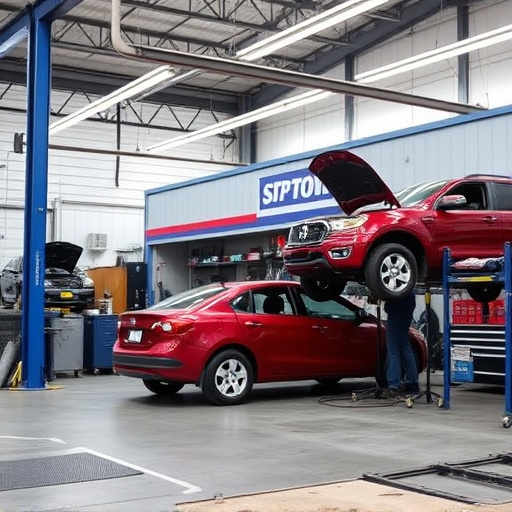
Tesla’s Safety Cell is a groundbreaking feature designed to enhance passenger protection in the event of a collision. This innovative structure is comprised of high-strength steel and advanced materials, forming a protective cage around the cabin. Its intricate design ensures that energy is distributed evenly during an impact, reducing the risk of severe injuries. The safety cell acts as a crucial component in Tesla’s overall crash safety system, which has earned the company top ratings in industry tests.
Understanding the intricacies of this structure is essential when considering Tesla safety cell restoration after side or rear collisions. Specialized automotive repair services tailored for electric vehicles must be employed to ensure proper repairs and structural integrity. In cases of fender repair or hail damage repair, professionals must adhere to stringent standards to maintain the safety cell’s effectiveness. This meticulous process involves replacing damaged panels while preserving the original design and material composition, ultimately ensuring the vehicle remains a safe haven for its occupants.
Evaluating Damage After Side and Rear Collisions

After a side or rear collision, evaluating damage to a Tesla’s safety cell is crucial for ensuring proper restoration. The first step involves a thorough inspection to identify both visible and hidden impacts. Dents, creases, and cracks in the exterior panels, including the fenders, doors, and trunk lid, are readily apparent but may not indicate the full extent of the damage. Interior components, such as the dashboard, airbags, and safety belts, must also be examined for any detachment or malfunction.
A meticulous assessment includes checking the alignment of the vehicle’s body panels and verifying the integrity of the safety cell structure. Modern vehicles like Teslas often have advanced sensor systems that can detect subtle shifts in the chassis. These sensors play a vital role in identifying hidden damage, such as crushed or misaligned frames, which could compromise the vehicle’s overall safety during future collisions. Auto repair near me specialists equipped with specialized tools and expertise are best suited to handle these complex evaluations and facilitate effective Tesla safety cell restoration following fender benders or rear-end crashes.
Restoring Key Components for Optimal Safety
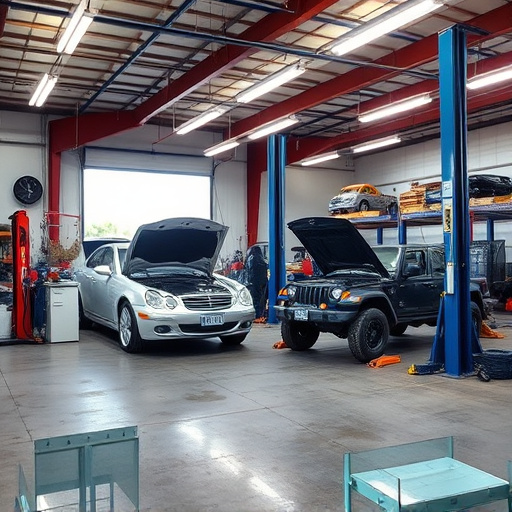
After a side or rear collision, restoring the Tesla safety cell to its optimal condition is paramount. The safety cell, designed to protect occupants in the event of an accident, comprises several crucial components that must be meticulously assessed and repaired or replaced if necessary. Key among these are the crumple zones, which absorb impact energy, and the frame, which maintains structural integrity.
Proper restoration involves more than just physical repairs; it also entails recalibration of safety systems like airbags and seatbelts. Skilled technicians in a reputable car repair shop equipped with advanced diagnostic tools can ensure that every part functions as intended during a collision, making the vehicle safe for operation again. Even something as seemingly minor as tire services can significantly impact overall safety, so comprehensive assessment is essential. Unlike a Mercedes Benz repair, where luxury and aesthetic restoration might be the primary focus, Tesla safety cell restoration prioritizes life-saving measures, ensuring that every trip remains secure.
Tesla’s innovative Safety Cell structure, designed to protect occupants in side and rear collisions, undergoes a meticulous restoration process after impact. By evaluating damage and restoring key components, such as the crumple zones and energy-absorbing structures, Tesla ensures that their vehicles maintain optimal safety standards. This specialized restoration method is crucial for maintaining the integrity of the Safety Cell, ultimately enhancing passenger security in the event of an accident. Tesla’s commitment to both performance and safety ensures that their vehicles continue to set industry benchmarks through effective safety cell restoration practices.

